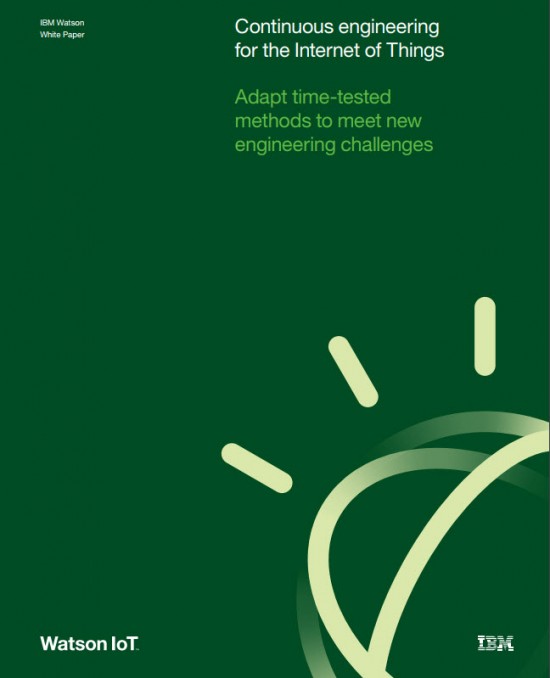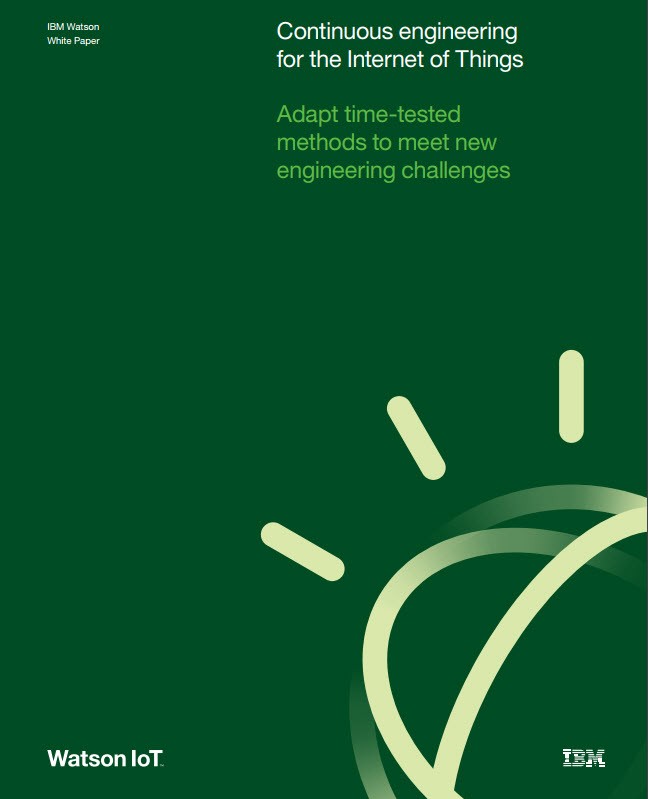Business Impact
An Interactive Whitepaper: Continuous engineering for the Internet of Things



The hype around the Internet of Things is now rapidly giving way to the reality of implemented products and services.
Analyst firm IDC predicts that the worldwide IoT market spend will grow from approximately USD 690 billion in 2015 to USD 1.46 trillion in 2020 with a compound annual growth rate of 16.1 percent. The installed base of IoT endpoints will grow from 12.1 billion in 2015, exceeding 30 billion in 2020.
Connectivity has moved from being an interesting feature to being a so-called “price of entry” requirement to achieve competitive product value and differentiation in many of today’s markets. IoT products and services can range from the basic to the critical: cost-critical, availability-critical, brand-critical, even safety-critical. Therefore, the makers of products and services must understand and respond appropriately to the challenges of engineering for the IoT.
As connectivity increases the capabilities of IoT products and services, so it also increases their complexity. New capabilities bring new failure modes. Added complexity—unless managed appropriately—can increase the likelihood of failures occurring. Furthermore, the consequences of failure can themselves be hard to predict.
Therefore, increasingly critical products and services require robust IoT engineering. The primary challenges include: